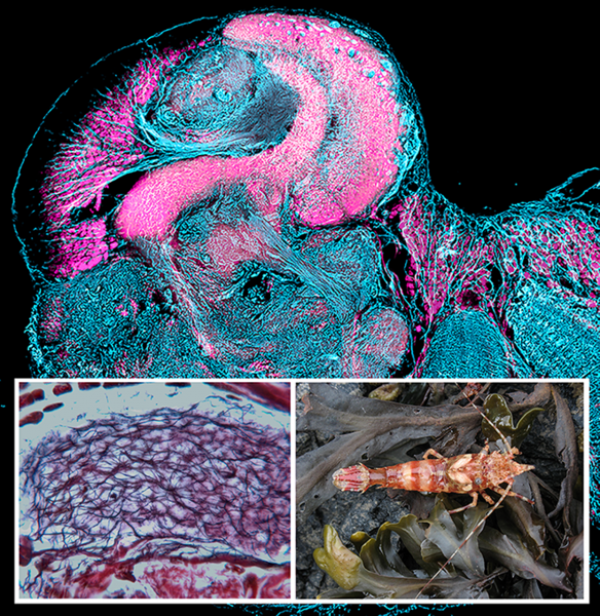New research shows that crustaceans such as shrimps, lobsters and crabs have more in common with their insect relatives than previously thought – when it comes to the structure of their brains.
Both insects and crustaceans possess mushroom-shaped brain structures known in insects to be required for learning, memory and possibly negotiating complex, three-dimensional environments, according to the study, led by University of Arizona neuroscientist Nicholas Strausfeld.
The research, published in the open-access journal eLife, challenges a widely held belief in the scientific community that these brain structures – called "mushroom bodies" – are conspicuously absent from crustacean brains.
In 2017, Strausfeld's team reported a detailed analysis of mushroom bodies discovered in the brain of the mantis shrimp, Squilla mantis. In the current paper, the group provides evidence that neuro-anatomical features that define mushroom bodies – at one time thought to be an evolutionary feature proprietary to insects – are present across crustaceans, a group that includes more than 50,000 species.
Read more at University of Arizona
Image: Antibody labeling reveals the columnar lobe of a mushroom body in the brain of a broken-back shrimp (lower right). Closer examination reveals neurons organized in intricate networks (lower left). CREDITS: Nicholas Strausfeld, Gabriella Wolff and Marcel Sayre


